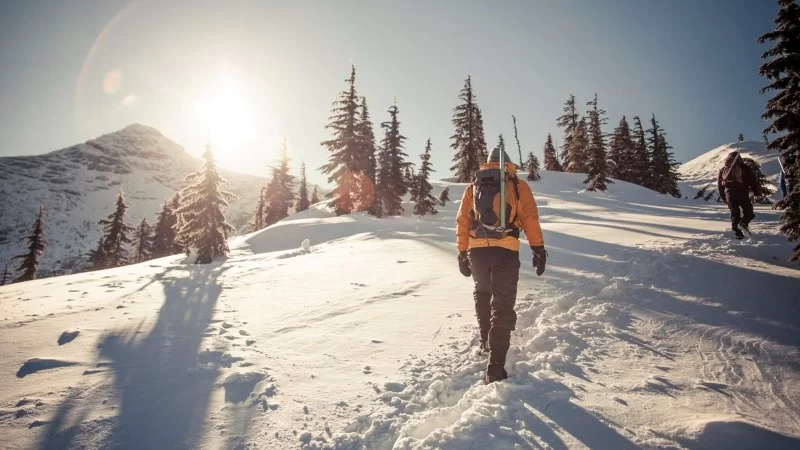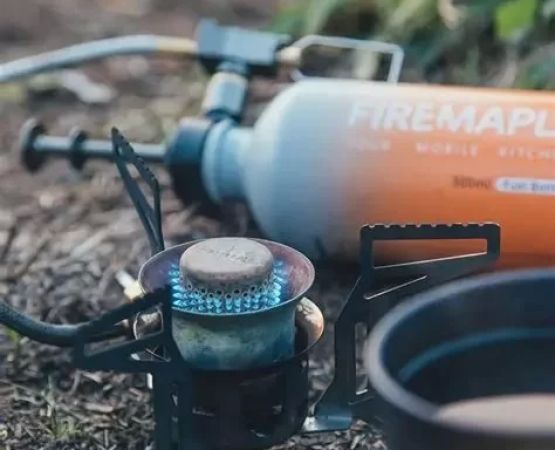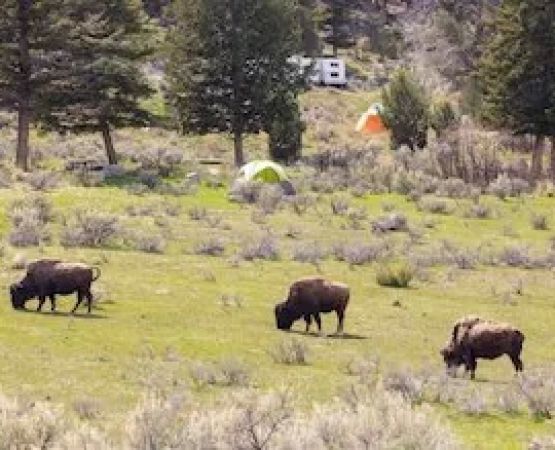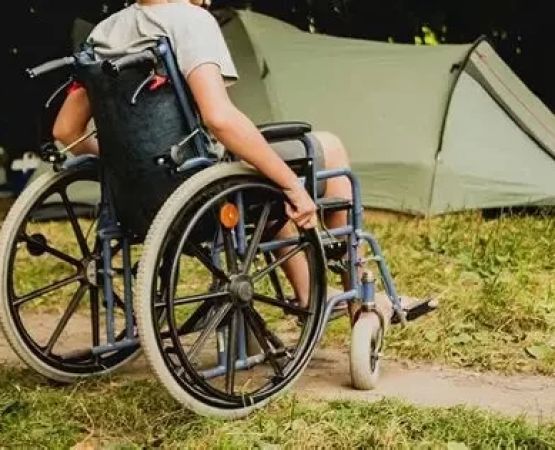1. Why Winter Backpacking is an Incredible Adventure
Winter backpacking offers an entirely different experience compared to its summer counterpart. The crisp, fresh air, peaceful landscapes covered in snow, and the quiet serenity of nature all come together to create an unforgettable adventure. While winter backpacking may seem daunting to some, it’s an activity that offers both challenge and reward. The beauty of snow-covered trees and the clear winter sky make every step more exhilarating. However, before venturing into the cold, it’s essential to be well-prepared. Let’s explore why winter backpacking is such a unique and enjoyable outdoor activity.
2. Preparing for Winter Backpacking
Preparation is key to ensuring a successful and safe winter backpacking trip. The cold weather presents unique challenges, so it’s crucial to plan carefully. Here are the critical components to consider when getting ready for your winter hiking adventure:
2.1. Understanding Winter Weather
Winter weather can change rapidly, and it’s important to be prepared for extreme conditions. Understanding how to read weather reports for cold-weather conditions is essential. Temperature drops, snowstorms, and freezing rain can all be potential risks, so ensure you’re prepared for all eventualities. Always check the forecast before heading out, and make sure your chosen trail is suitable for winter hiking.
2.2. Essential Winter Gear
When it comes to winter backpacking, the gear you bring can make or break the experience. Cold temperatures demand specific gear to keep you warm and safe. Key winter backpacking gear includes:
- Insulated Sleeping Bag: Opt for a sleeping bag rated for lower temperatures to ensure you stay warm during the night.
- Layered Clothing: Dressing in layers helps regulate body temperature. Start with moisture-wicking base layers, followed by insulating layers, and finish with a waterproof outer layer.
- Winter Hiking Boots: Insulated, waterproof boots with good traction are essential for navigating snowy and icy terrain.
- Stove and Fuel: You’ll need a reliable stove that can handle cold conditions to melt snow and prepare hot meals.
2.3. Physical and Mental Preparation
Winter hiking can be more physically demanding than hiking in warmer weather due to the cold, snow, and sometimes steep terrain. Prepare your body by maintaining a good level of fitness, focusing on endurance and strength. Additionally, mental preparation is key—winter hiking requires patience, a positive attitude, and the ability to stay calm in challenging conditions.
3. Top Winter Backpacking Destinations
Winter backpacking can be done in many areas, but some places are particularly well-known for their stunning winter landscapes and trails that are perfect for cold-weather adventurers. Here are some of the best winter backpacking destinations to consider:
3.1. Yosemite National Park, California
Yosemite is a winter wonderland that offers both beauty and solitude. The park’s famous granite cliffs and waterfalls take on a magical quality when covered in snow. Popular winter trails such as the Badger Pass Ski Area and Mariposa Grove of Giant Sequoias provide excellent options for backpackers looking to explore in winter.
3.2. Banff National Park, Canada
Banff National Park in the Canadian Rockies is a breathtaking winter destination. With its stunning mountain views, frozen lakes, and snow-covered trails, Banff offers a truly magical winter hiking experience. The park offers several winter-specific routes, including treks around Lake Louise and Moraine Lake.
3.3. Shenandoah National Park, Virginia
If you’re looking for a winter backpacking experience on the East Coast, Shenandoah National Park is a great option. Known for its scenic Skyline Drive, the park also offers winter trails that provide stunning views of snow-covered mountains. It’s less crowded during the winter months, allowing for a peaceful, more intimate experience with nature.
4. A Personal Winter Backpacking Story
Last winter, I embarked on a winter backpacking trip to the White Mountains in New Hampshire. The trek was challenging, with snow drifts and freezing temperatures, but the sense of accomplishment at the summit was unparalleled. The peacefulness of the mountains, with only the crunch of snow underfoot breaking the silence, made it one of the most serene experiences of my life. If you’re looking to experience similar winter adventure, I highly recommend visiting Pine Cliff Resort for an unforgettable cold-weather hiking experience!
5. Tips for Staying Safe and Enjoying Winter Backpacking
Winter backpacking can be incredibly rewarding, but it’s essential to stay safe. Here are a few tips to ensure your trip is enjoyable and safe:
- Stay Hydrated: Cold weather can be deceiving, and you may not feel thirsty, but staying hydrated is just as important in winter.
- Plan for Shorter Days: During winter, daylight hours are shorter. Make sure to plan your hikes so you’re not out after dark.
- Be Mindful of Hypothermia: Keep an eye on your clothing and always be aware of the symptoms of hypothermia. If you start feeling cold or shivery, take action to warm up immediately.
6. Conclusion: Embrace the Beauty of Winter Backpacking
Winter backpacking may seem like a daunting experience, but with the right preparation, it can be one of the most rewarding adventures you’ll ever undertake. Whether you’re trekking through snowy mountains or exploring frozen lakes, winter offers a new perspective on nature’s beauty. Remember to choose the right gear, be physically and mentally prepared, and always follow safety guidelines. For an unforgettable winter backpacking experience, make sure to visit Pine Cliff Resort and enjoy the serenity of winter in nature!







